23 Remarkable Times Zoos And Sanctuaries Saved Animals From Extinction

Zoos and sanctuaries play a vital role in preserving the delicate balance of our ecosystems. Through their dedicated efforts, many species on the brink of extinction have been given a second chance at survival.
This list highlights extraordinary instances where these institutions have turned the tide for endangered animals, showcasing the creativity, passion, and sheer determination involved in conservation efforts. Join us on an enlightening journey through the stories of these remarkable rescues.
1. The Black-Footed Ferret
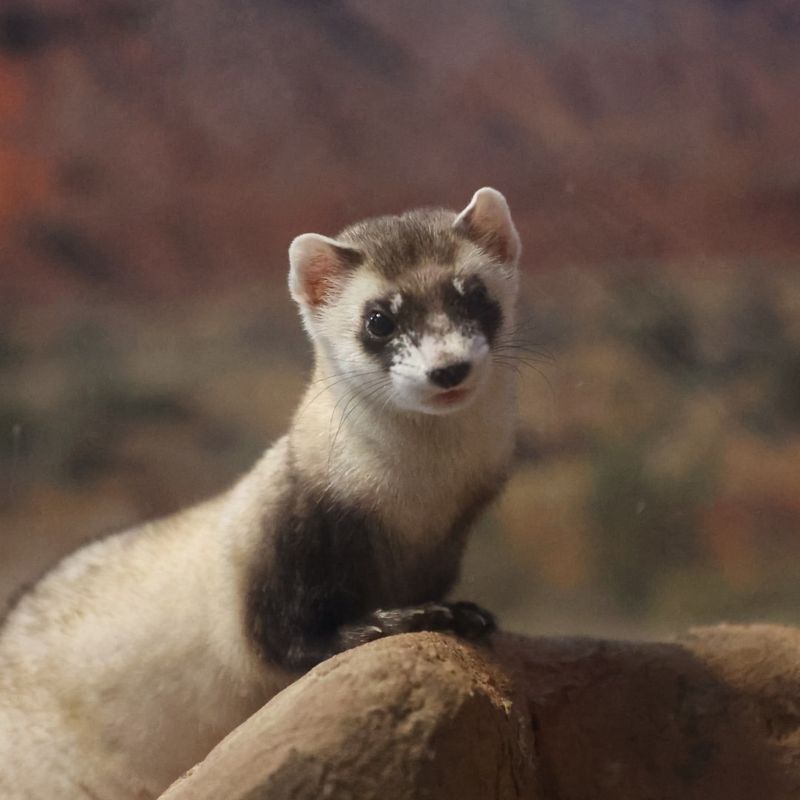
Once thought extinct, the black-footed ferret made a surprise return to the conservation scene thanks to the tireless work of zoologists in South Dakota. With fewer than 18 individuals found, the species was teetering on the edge. The ferrets were brought into a captive breeding program, where they thrived like rock stars in the 80s.
These nocturnal predators were carefully monitored and bred, allowing their numbers to gradually increase. The program was a success, with over 1,000 ferrets now roaming the prairies once more. Not just any prairies, but the very ones their ancestors scampered across decades ago.
The story of the black-footed ferret is a testament to the power of teamwork, patience, and a pinch of luck. Conservationists continue to keep a close eye on these ferrets, ensuring their populations remain stable and that their rock star legacy lives on.
2. The California Condor
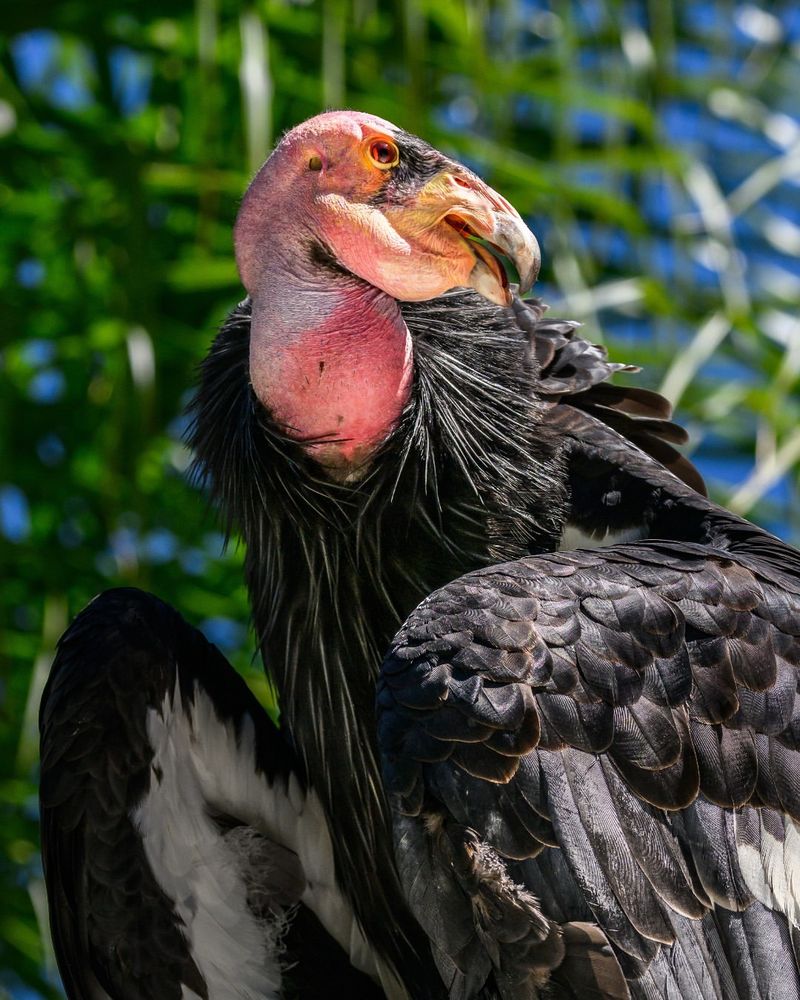
With only about 27 left in the wild during the 1980s, the California condor’s plight looked grim. However, thanks to an ambitious breeding program involving zoos and conservationists, these magnificent birds were given a lifeline.
The condors were brought into captivity where they could be carefully bred and nurtured. Each new hatchling represented hope, a feathered beacon of resilience in the face of adversity.
Reintroduction programs have been ongoing, and now more than 400 condors soar the skies above California, Arizona, and Utah. They serve as a beacon of hope for other endangered species, proving that with determination and innovative efforts, extinction is not inevitable.
3. The Przewalski’s Horse
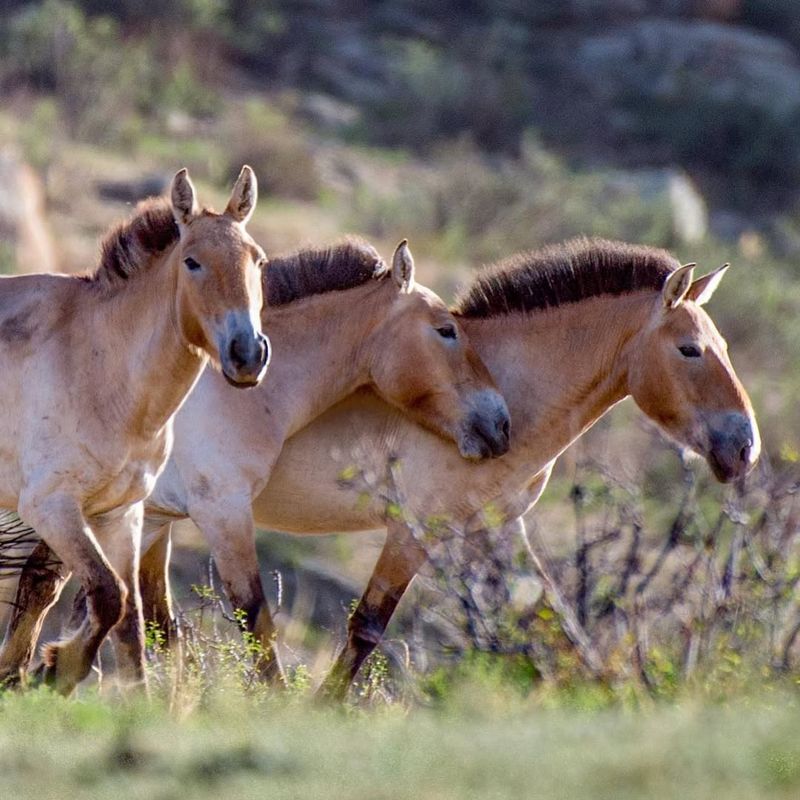
Once extinct in the wild, the Przewalski’s horse has galloped back into the steppes of Mongolia, thanks to the efforts of dedicated zoos and sanctuaries. These horses, with their distinctive stocky frames, were preserved through captive breeding programs.
Through international collaboration, they were reintroduced to their natural habitat, where they now roam free as nature intended. The rewilding efforts have seen their numbers steadily increase, a triumph of global conservation.
The Przewalski’s horse story is a reminder that when we unite across borders, we can restore nature’s splendor. These horses now stand as a symbol of hope and resilience in the face of seemingly insurmountable odds.
4. The Arabian Oryx
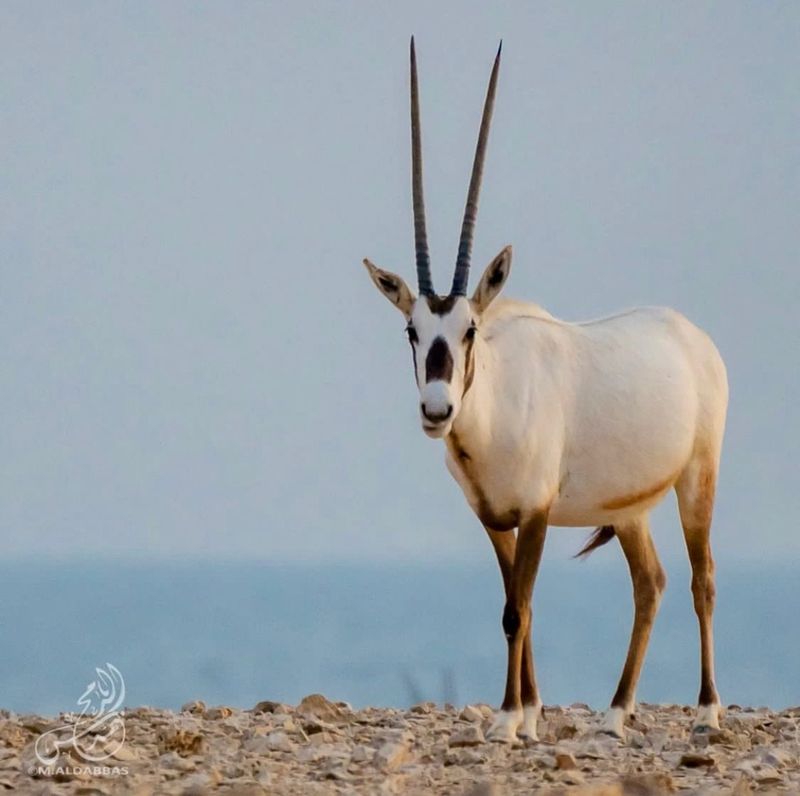
The Arabian oryx was once declared extinct in the wild, but today they roam the deserts of the Arabian Peninsula once more, thanks to concerted conservation efforts. These graceful creatures were brought back from the brink through a global breeding program.
Zoos across the world collaborated to breed these majestic animals, ensuring their genetic diversity was preserved. The success of this program has been hailed as one of the greatest achievements in conservation.
Reintroduced to their natural habitat, Arabian oryx have adapted well, their numbers steadily increasing. Their comeback story is a testament to the power of coordinated conservation efforts, proving that extinction can indeed be reversed.
5. The Golden Lion Tamarin
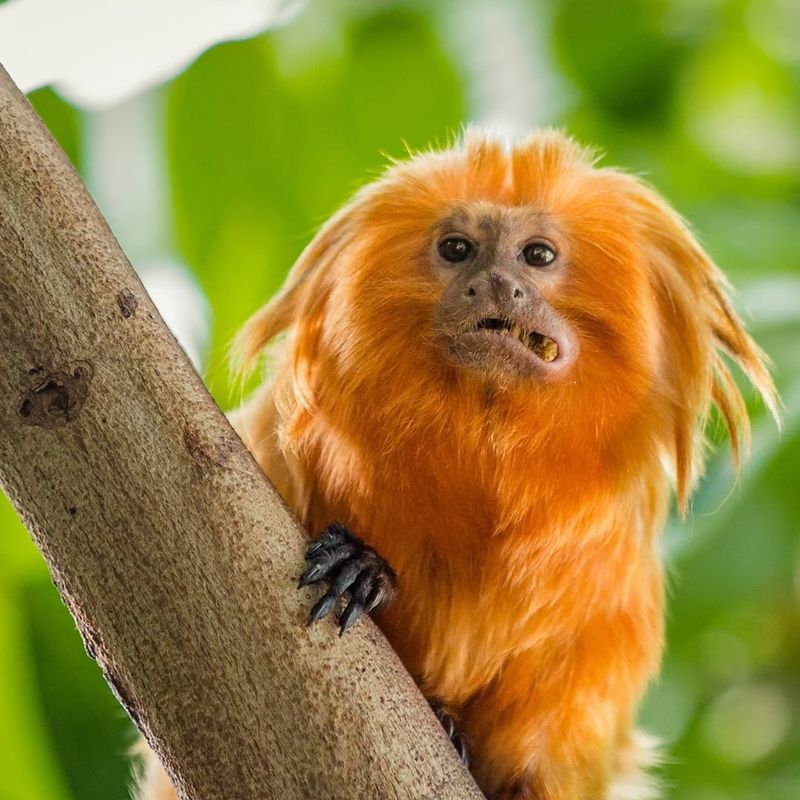
This tiny, vibrant monkey was once teetering on the verge of extinction, with only a few hundred left in the wild. Thanks to the dedication of zoos and conservationists, the golden lion tamarin is making a comeback.
Captive breeding programs were initiated, allowing these primates to thrive and increase their numbers. Over time, many tamarins were reintroduced into their natural habitats in Brazil.
Today, there are over 3,000 golden lion tamarins living in the wild. Their story is a testament to the fact that even the tiniest creatures can have a huge impact on the world, especially when humans lend a helping hand.
6. The Amur Leopard
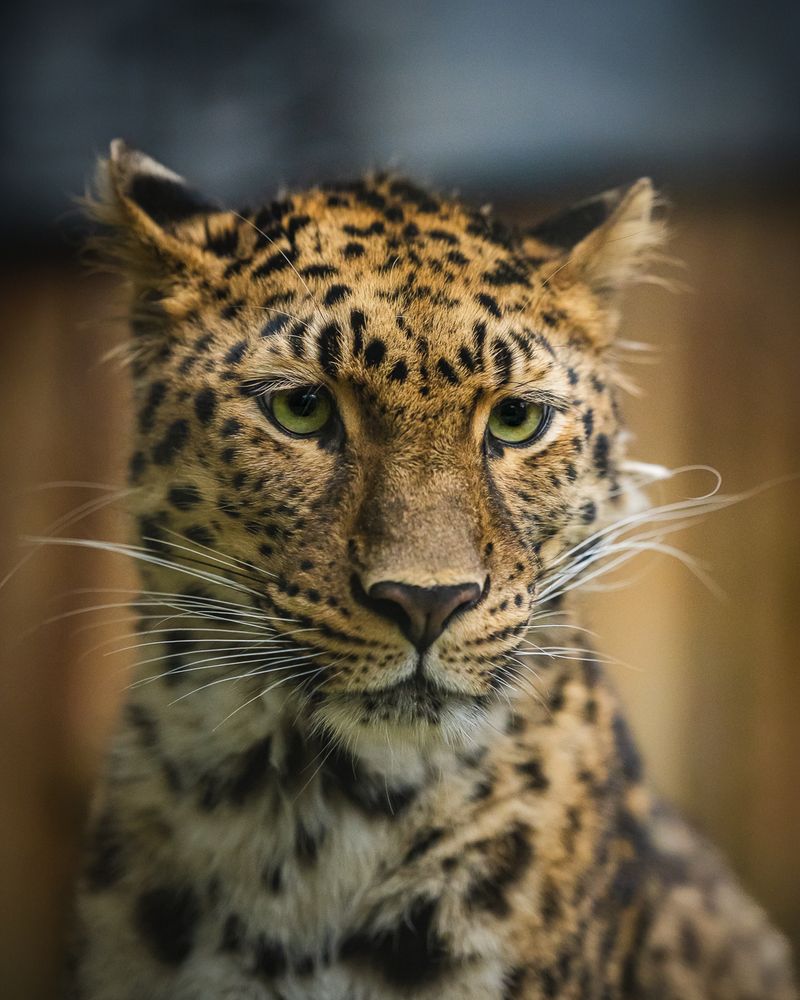
The Amur leopard, with its stunning coat and enigmatic eyes, faced near extinction in the icy forests of Russia. With fewer than 40 individuals left, their future seemed bleak.
Through the dedication of zoos and conservationists, these beautiful creatures were given a second chance. Breeding programs were established to bolster their numbers, and efforts to protect their natural habitat were intensified.
Today, there are over 100 Amur leopards in the wild. Their survival is a powerful reminder of nature’s resilience and how a concerted effort can change the fate of even the most endangered species.
7. The Hawaiian Crow
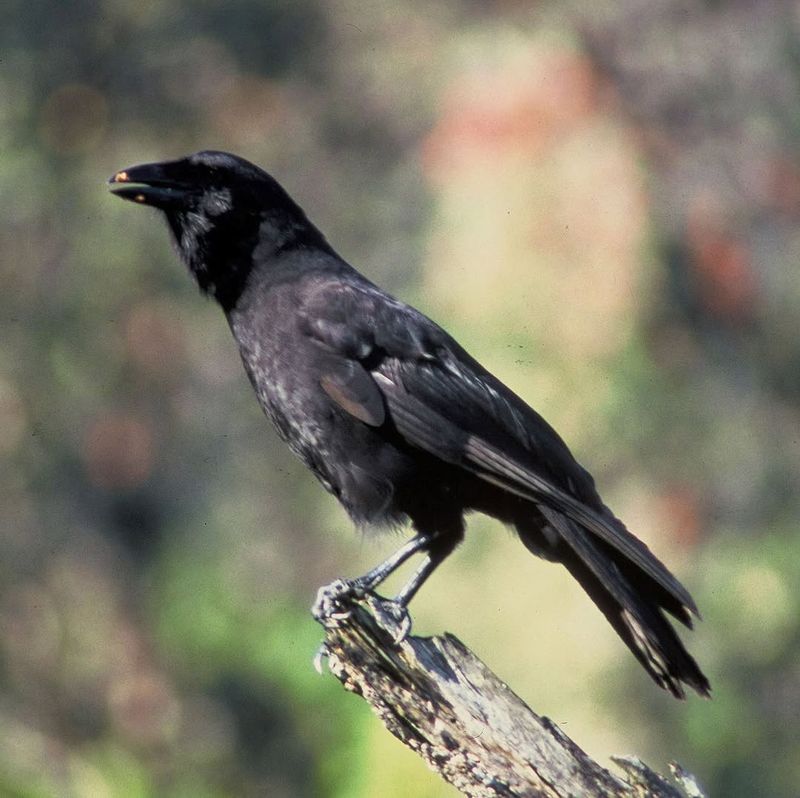
The Hawaiian crow, or ‘Alalā, once vanished from the wild, leaving behind a silent forest. However, a few individuals were saved and brought into captivity, sparking hope for a revival.
Conservationists launched a breeding program, nurturing these intelligent birds until they were ready to be reintroduced into their natural habitat. The forests of Hawaii once again echo with their caws.
This revival of the ‘Alalā highlights the critical role of zoos and sanctuaries in species recovery. The Hawaiian crow’s story is one of rebirth and renewal, a feathered phoenix rising from the ashes of extinction.
8. The European Bison
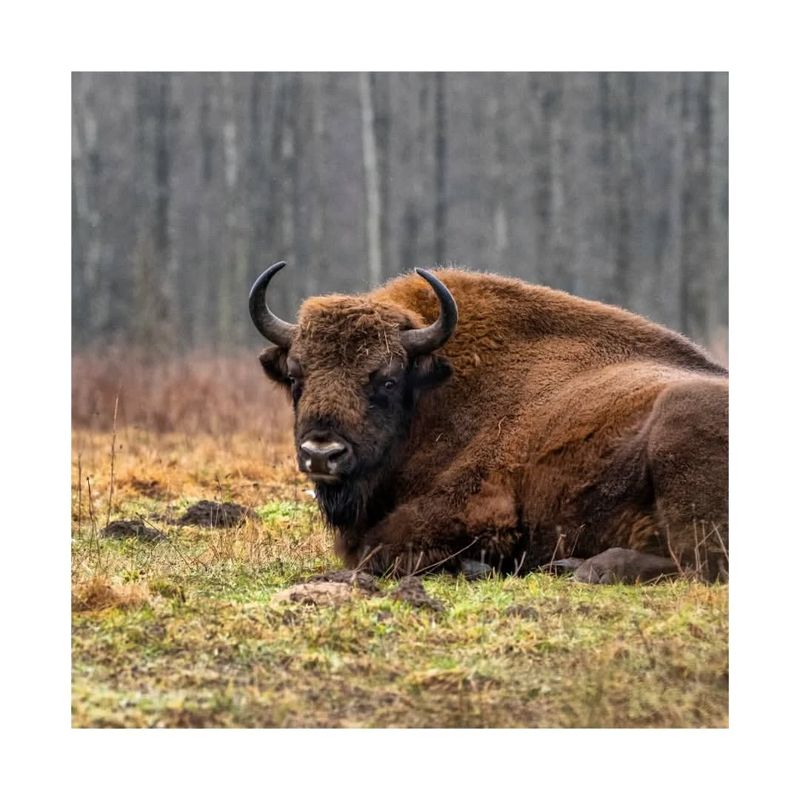
The European bison, Europe’s largest land mammal, was once extinct in the wild. Thanks to zoos and breeding centers, these majestic creatures have returned to the forests of Europe.
Bred in captivity, the bison were gradually reintroduced to their natural habitats. These efforts have been successful, with populations now thriving in the wild.
The story of the European bison is a testament to the power of patience and perseverance. Their comeback illustrates that with determination, we can restore balance to our natural world.
9. The Scimitar Oryx
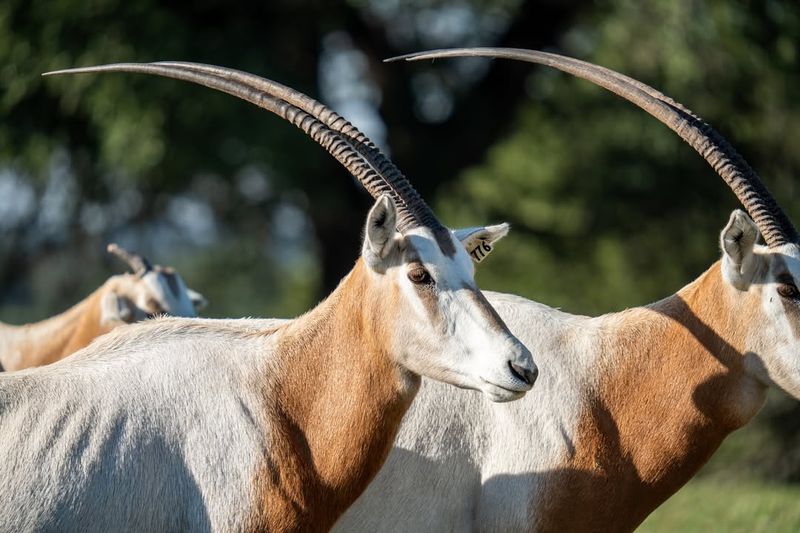
Declared extinct in the wild by the 1980s, the scimitar oryx has been brought back to life through the efforts of conservationists. Breeding programs in zoos have been instrumental in this success.
These distinctive antelopes, known for their long, curved horns, were bred in captivity and gradually reintroduced to their natural habitats in North Africa.
Today, scimitar oryx roam the deserts once more, their silhouettes painting a picture of hope and resurgence. Their journey from extinction to reintroduction is a shining example of the power of conservation.
10. The Guam Rail
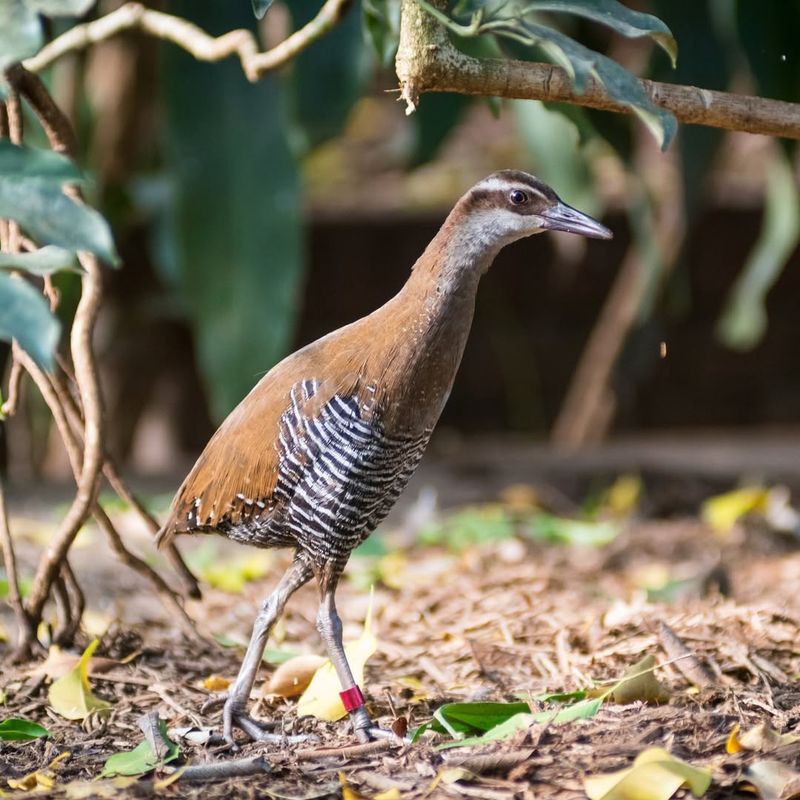
The Guam rail, a flightless bird once extinct in the wild, has made a remarkable comeback thanks to the efforts of zoos and conservationists. Native to the island of Guam, these birds faced threats from invasive species and habitat loss.
Captive breeding programs were established, allowing these birds to be bred and cared for in a controlled environment. Slowly, they have been reintroduced to islands within their native range.
The revival of the Guam rail is a success story in island conservation, showcasing the impact of persistence and dedication in saving species on the brink of extinction.
11. The Northern White Rhino
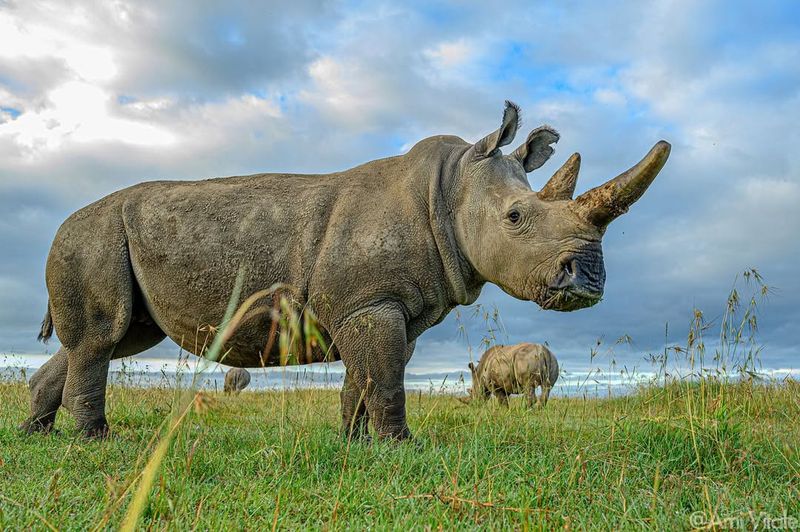
The northern white rhino once roamed the African savannas, but today, only two females remain, both living under constant protection. Despite this grim scenario, hope is not lost.
Scientists and conservationists are working tirelessly to save this iconic species through innovative techniques like in vitro fertilization and genetic engineering.
The northern white rhino embodies the urgent need for conservation and the lengths we will go to save a species. Their story is not over yet, and the efforts to bring them back are a testament to human ingenuity and determination.
12. The Kakapo Parrot
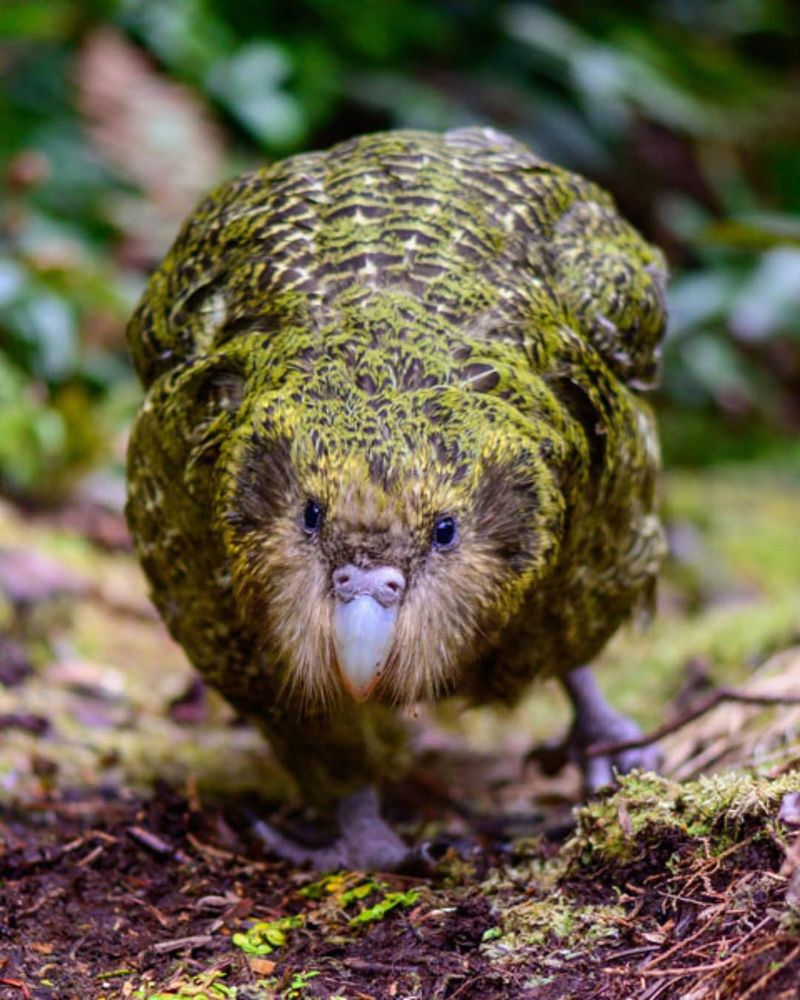
The kakapo parrot, native to New Zealand, is a nocturnal, flightless bird known for its unique characteristics and charming personality. Once on the brink of extinction, efforts to save the kakapo have been nothing short of heroic.
Conservationists have implemented intensive management programs, including monitoring and supplementary feeding, to ensure their survival.
With fewer than 200 kakapos remaining, each new chick brings a glimmer of hope. The kakapo’s story is a whimsical yet powerful reminder of the importance of preserving biodiversity.
13. The Sichuan Takin
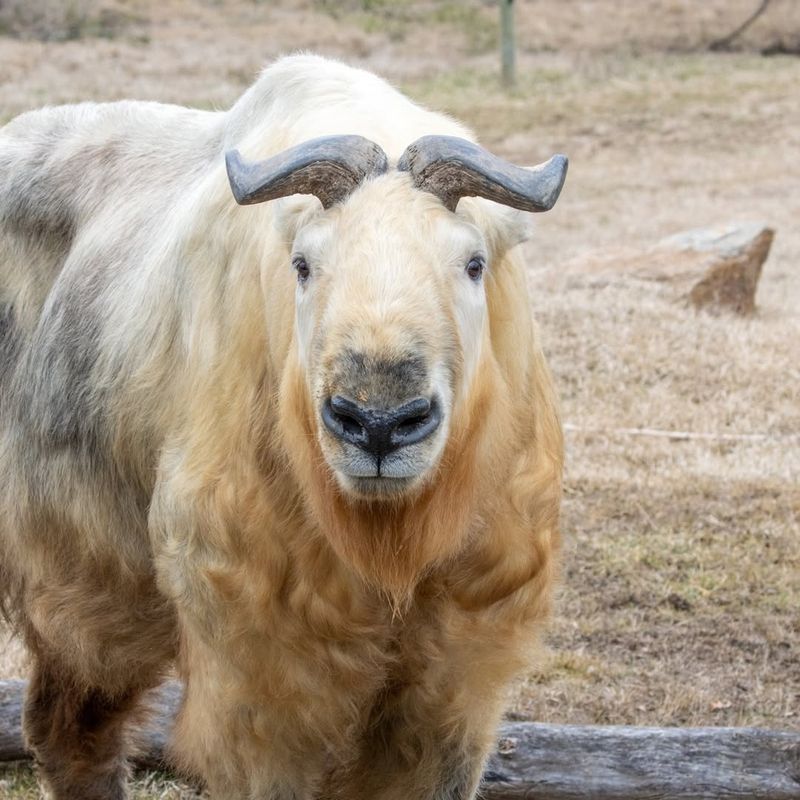
The Sichuan takin, a unique goat-antelope species from China, faced threats from habitat loss and poaching. However, conservationists have worked tirelessly to protect these fascinating creatures.
Through breeding programs and habitat restoration efforts, the takin population has steadily increased, with these animals now thriving in protected areas.
The Sichuan takin is a testament to the success of coordinated conservation efforts. Their survival is a reminder that with dedication and collaboration, we can safeguard our planet’s unique wildlife.
14. The Tasmanian Devil
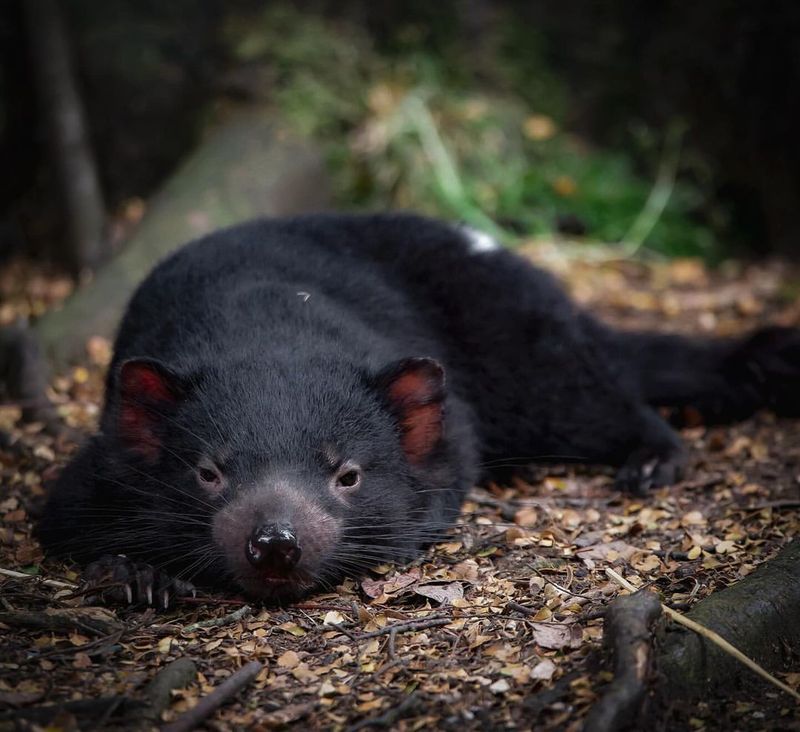
Tasmanian devils, known for their fierce demeanor and distinctive growl, faced a deadly threat from a contagious facial tumor disease. However, zoos and conservationists have stepped up to save these iconic marsupials.
Breeding programs and disease management strategies have been implemented, allowing the devil populations to recover in the wild.
The survival of the Tasmanian devil is a powerful testament to the impact of innovative conservation strategies, proving that with ingenuity and determination, we can outsmart even the deadliest challenges.
15. The Red Wolf
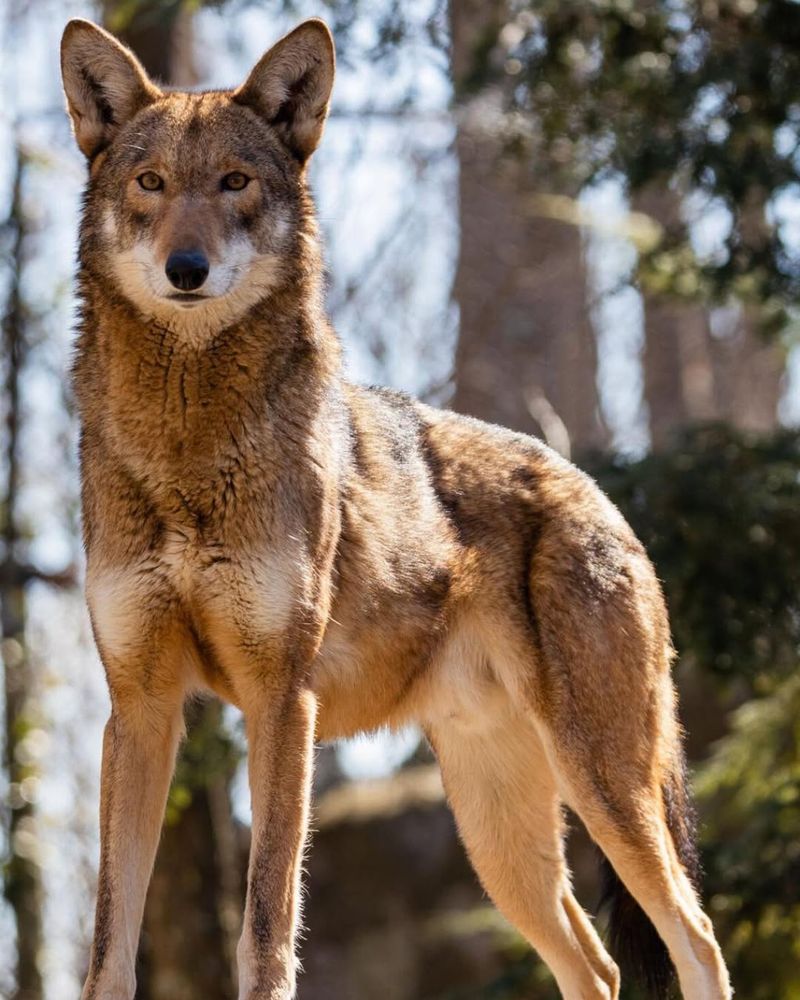
The red wolf, native to the southeastern United States, faced extinction in the wild by the late 20th century. Captive breeding programs were established to save this elusive and enigmatic species.
Through careful management and reintroduction efforts, red wolves have been reintroduced into the wild, where they once again roam their native habitats.
Their story is a testament to the power of perseverance and passion, showcasing how dedicated conservation efforts can bring a species back from the brink of extinction.
16. The Mauritius Kestrel
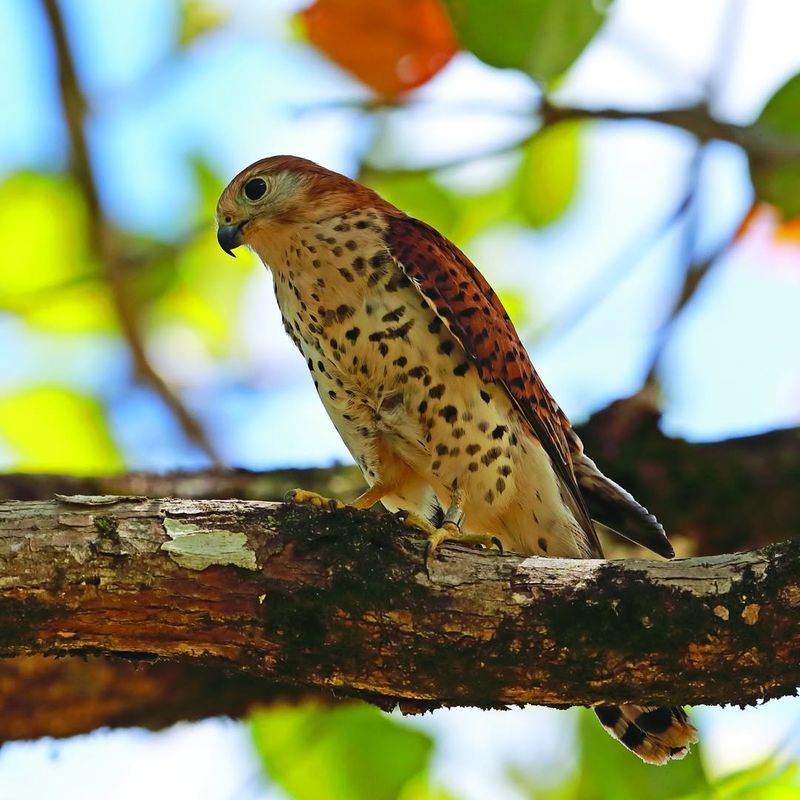
The Mauritius kestrel, once the world’s rarest bird, has made a comeback thanks to the dedicated efforts of conservationists. With fewer than 10 individuals left in the wild, the situation was dire.
Through captive breeding and habitat restoration, the kestrel population has steadily increased, now numbering over 300 birds.
The revival of the Mauritius kestrel is an inspirational tale of resilience and recovery, proving that with dedication and effort, even the most precarious situations can be turned around.
17. The Javan Rhino
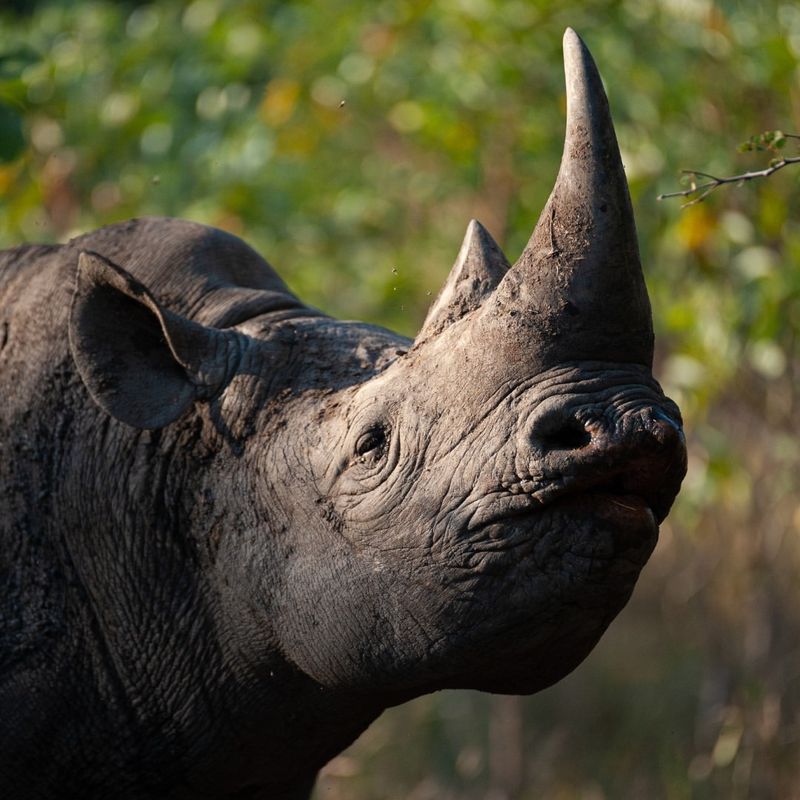
The Javan rhino, one of the world’s most endangered large mammals, survives only in the dense rainforests of Indonesia. With fewer than 70 individuals remaining, intense conservation efforts are underway to protect this elusive creature.
Conservationists focus on habitat protection and anti-poaching measures to ensure the rhino’s survival.
The Javan rhino’s story is a poignant reminder of the fragility of our planet’s biodiversity and the urgent need for conservation action to protect our most vulnerable species.
18. The Anegada Iguana
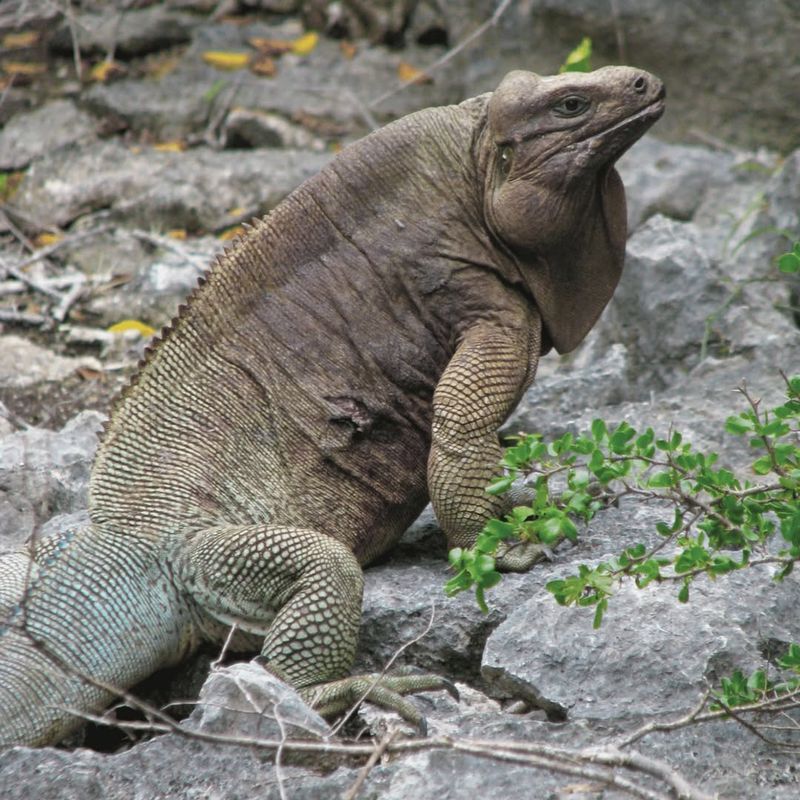
The Anegada iguana, a critically endangered species native to the Caribbean, faced threats from habitat loss and invasive predators. However, dedicated efforts to save these iguanas have been remarkably successful.
Captive breeding programs and habitat restoration initiatives have allowed the iguana population to recover, with numbers steadily increasing.
The Anegada iguana’s story is a heartwarming example of the power of conservation, showcasing how dedication and perseverance can turn the tide for species on the brink of extinction.
19. The Philippine Eagle
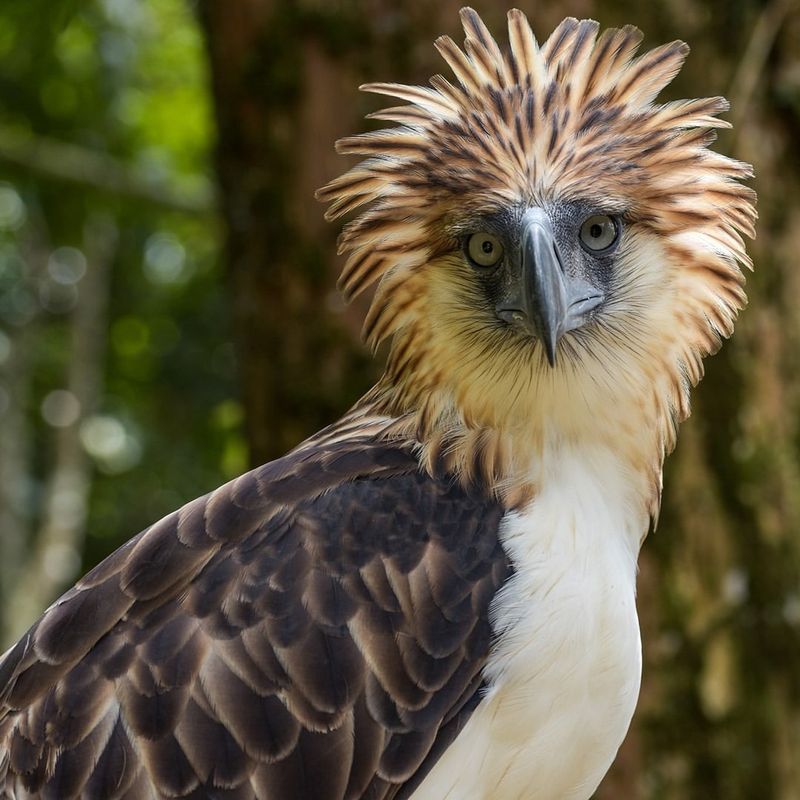
The Philippine eagle, one of the world’s largest and most powerful birds of prey, faced near extinction due to habitat loss and hunting. Conservationists have rallied to save this majestic bird through breeding programs and habitat protection.
Efforts to breed these eagles in captivity and protect their natural habitats have been successful, allowing the population to slowly recover.
The survival of the Philippine eagle is a testament to the power of conservation and the importance of preserving the natural world for future generations.
20. The Iberian Lynx
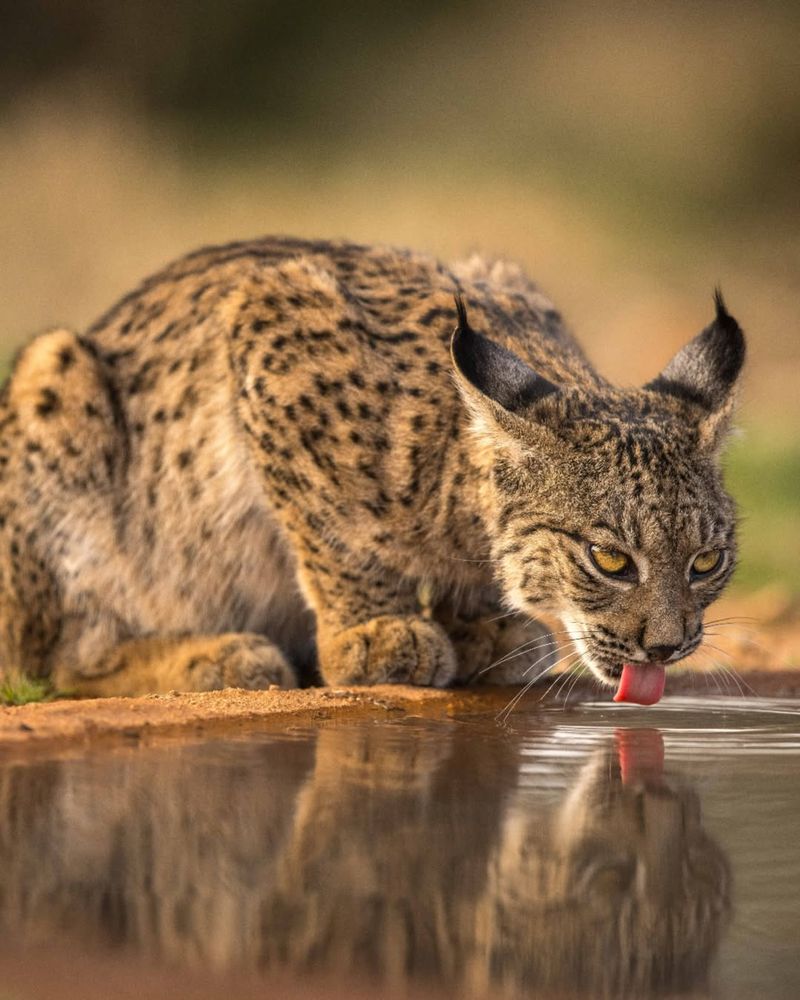
The Iberian lynx, once the world’s most endangered feline, faced extinction due to habitat loss and declining prey populations. Conservation programs were implemented to save this iconic species.
Through captive breeding and habitat restoration, the lynx population has steadily increased, offering hope for the future.
The Iberian lynx’s story is a powerful example of the impact of conservation, proving that with determination and collaboration, we can save even the most endangered species.
21. The Greater One-Horned Rhino
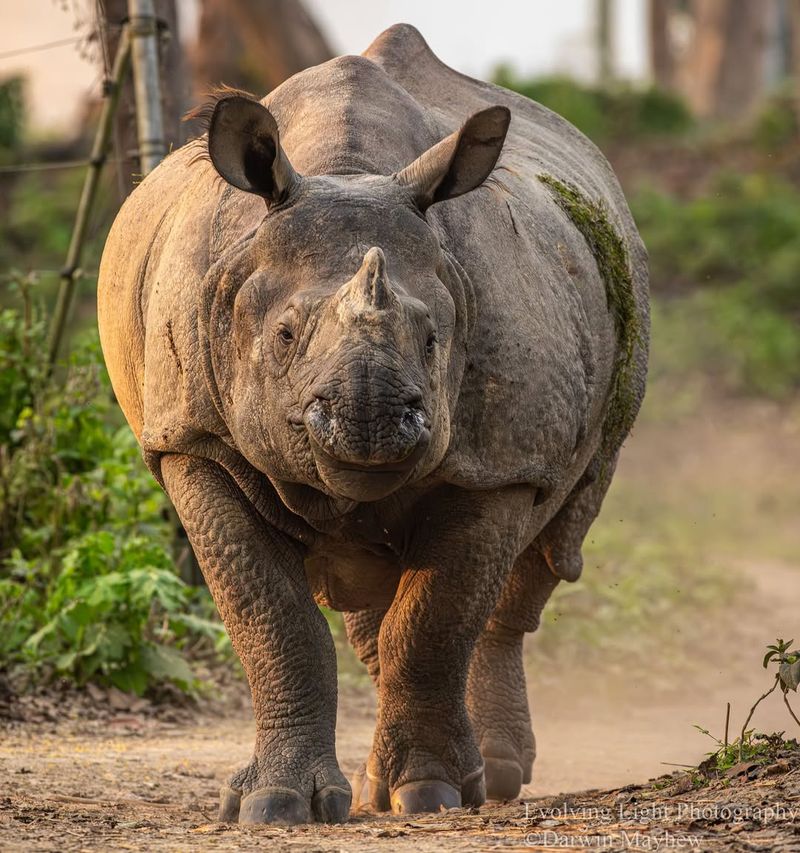
The greater one-horned rhino, native to India and Nepal, faced significant threats from poaching and habitat loss. However, innovative conservation efforts have helped this species make a remarkable recovery.
Through strict protection measures and habitat restoration, the rhino population has increased, providing hope for their continued survival.
The story of the greater one-horned rhino is a testament to the power of conservation, showcasing how dedication and effort can bring a species back from the brink of extinction.
22. The Père David’s Deer
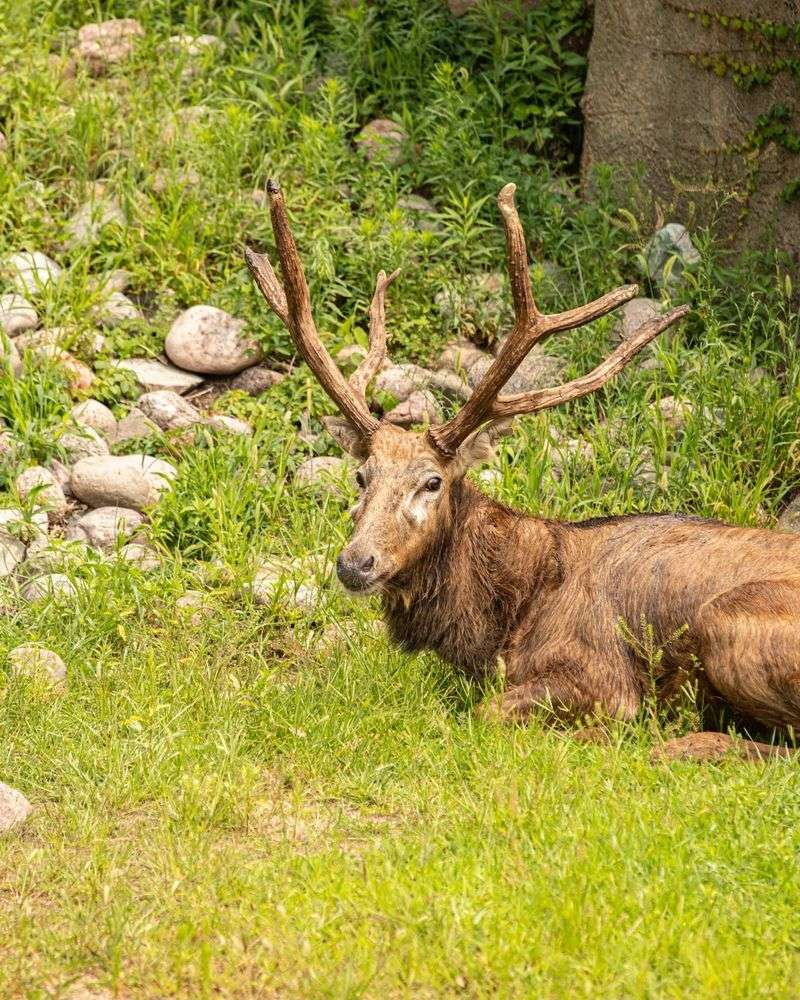
Père David’s deer, native to China, faced extinction in the wild, with only a few individuals surviving in captivity. Through a successful breeding program, these deer have been reintroduced to their natural habitat.
The reintroduction efforts have been remarkably successful, with populations now thriving in protected areas.
The story of Père David’s deer is a testament to the power of conservation and the impact of dedicated efforts to save species from extinction.
23. The Spix’s Macaw
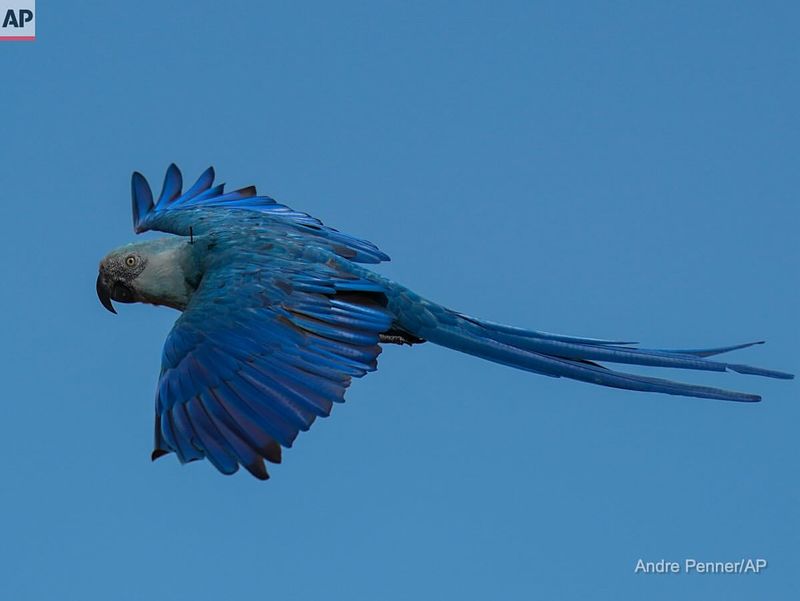
The Spix’s macaw, a strikingly beautiful parrot native to Brazil, was once declared extinct in the wild. However, thanks to dedicated conservation efforts, these parrots are making a comeback.
Through captive breeding and reintroduction programs, the macaw population has slowly increased, with plans for further releases into the wild.
The Spix’s macaw’s story is an inspirational tale of hope and resilience, showcasing how determined efforts can bring a species back from the brink.
